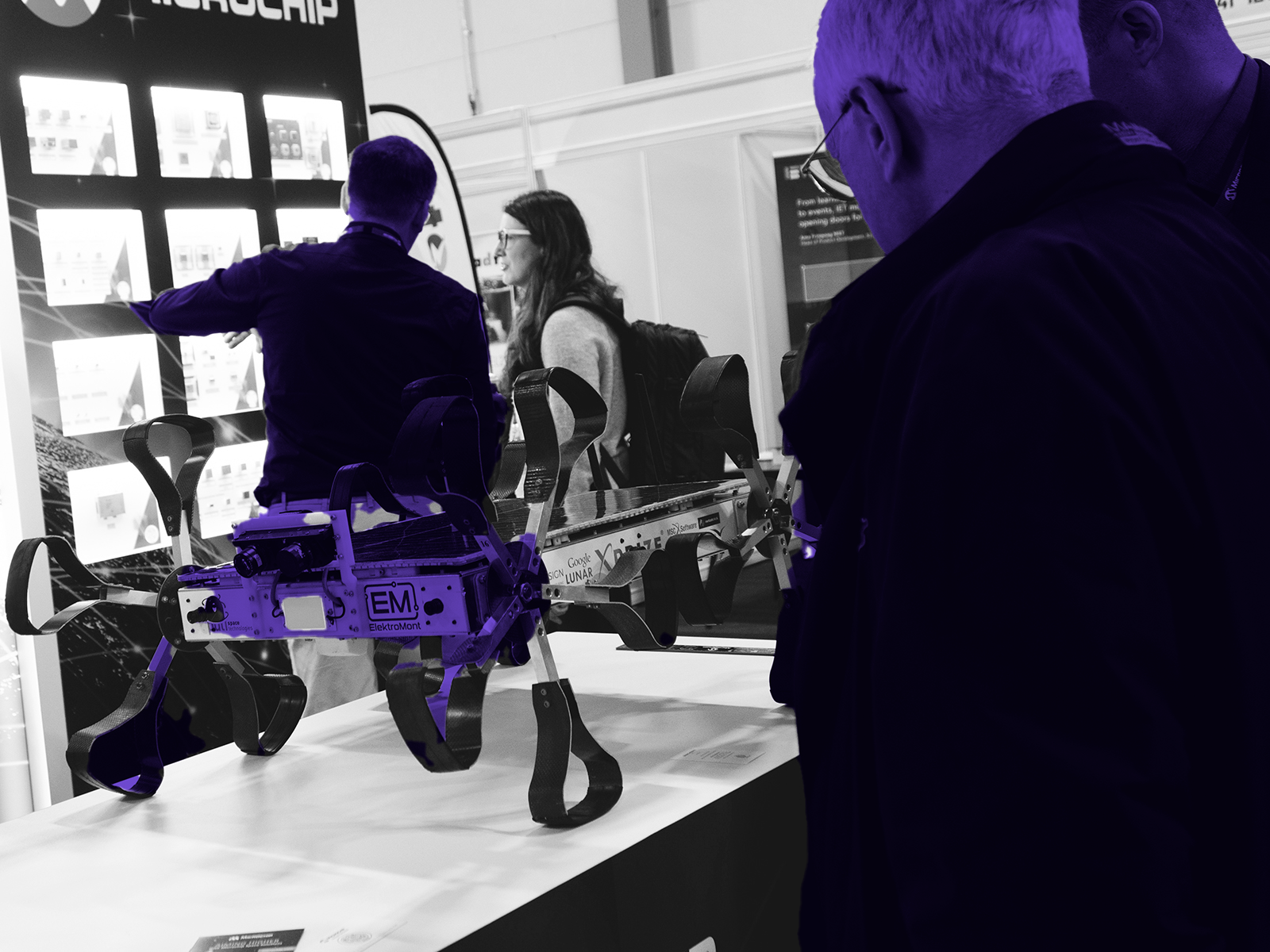How to create a winning event marketing strategy
01.07.24


01.07.24

Events and exhibitions play a key role in many B2B companies’ sales and marketing plans, and having the right strategy for each event is critical in ensuring you achieve the best outcomes for your business. A winning strategy requires creative thinking and meticulous planning, which ensures you get the most out of your budget and an appropriate return on investment for what is often an expensive endeavour for a business.
In the business-to-business (B2B) and government sales space, events and exhibitions often play a significant role in sales, marketing and business development.
Events and exhibitions are an opportunity to engage with a number of highly-relevant stakeholders and meet them face-to-face, which is significant for specialist sectors where relationship building is central to the sales process.
Booth space is rarely cheap – and not forgetting that others are competing for visitor attention – so it is critical to leverage the time and resources (especially people and money) that are used for a relatively short period of time and ensure that you get all important ROI. Here we take a look at five key areas to focus on for a winning event marketing strategy.
Your booth will be an opportunity to showcase your products to an engaged audience and capture potential leads, so try to bring examples of what you design and manufacture to the show. This is where planning and preparation will be key, as it will take time and money to ship items to the exhibition space and there is likely a substantial cost element involved here.
Booth space is always at a premium, and smaller companies may struggle to get the items they manufacture onto a stand. If this is the case, think creatively about how you can get around this.
Examples include using technology such as virtual reality (VR) or augmented reality (AR) goggles that will bring your technologies to life at a fraction of the cost. This will also be a challenge if you are a services company, so creative thinking will be required here.
Also think about how you can work with partners to showcase your products on another booth, especially prime contractors and integrators. Your technology may be integrated onto a bigger system elsewhere in the exhibition hall, so talk to your customer about how you can leverage this on socials or through signage at the event. This will ultimately help get more out of your event budget spend and improve ROI.

Newer technologies such as VR and AR can help augment your stand and improve visitor experience. (Photo: Defence Media)
It will be important to ensure your own booth has appropriate graphics and marketing materials, which align with your company branding and sales push for the show. This will require close work between the booth builders, marketing, sales, and business development teams, ensuring alignment of efforts throughout.
Messaging and branding should be appropriate for the show you’re attending, especially if it focuses on a particular area that is relevant to a specific area of your business. Avoid marketing materials that do not resonate with the audiences in attendance.
Enhance your booth’s branding further with a TV or screen for showcasing a company video or product video, although this is normally an extra charge from event organisers.
Some people’s purpose in life is to find ways to make booths more exciting, and unfortunately there are endless examples of resource-sapping gimmicks that don’t really help event ROI or the company’s bottom line.
At a recent event we attended, there was an example of a company that used a smoke machine to outline its brand logo against a black curtain – a shocking way to waste money for absolutely no value at all.
Avoid these gimmicky items like the plague. We’ve previously seen instances where agencies have even recommended an ice sculpture for a booth!
Don’t use gimmicks for the sake of it, and avoid using items on the stand that are purely for attracting attention and not actually related to what the company does, as this is normally the wrong type of attention from a visitor that is ultimately not interested in your company. Arguably, a drinks reception could be put into this category.
Attending and exhibiting at an event should form part of a wider sales and marketing strategy and campaign plan. If companies rely solely on an event for all of their marketing and sales campaigns, then it is unlikely to have the impact that was intended.
Events should be thought of as a marketing and sales tactic that will have to be supported by other tactics to achieve the desired strategic outcomes. Today, it is very common that in-person events are bolstered by digital tactics, particularly the use of email, social media and multimedia content.
Pre-show campaigns using email, website and social media channels can help create buzz around an upcoming show, especially using ‘sneak peek’ and preview content. Staff throughout the company should be encouraged to share this content for increased amplification.
While the event is happening, companies can leverage video content to showcase its products and team at the show, significantly amplifying its presence beyond the exhibition floor.
Digital metrics can also be used to see how many leads were generated throughout the show from QR/barcode scanners, with new contacts added to a CRM and added to company newsletters and invited to LinkedIn company pages. Lead conversion rates for events can be calculated using this valuable data, and importantly give company managers a quantitative metric of event success.
Many companies just don’t think about engaging members of the press that might be attending a show. Every show, depending on its size and admittance policies, will normally have some journalists attending, so it’s worth getting to know who they are and connecting with them.
Create a press release to highlight a new product or a notable company event that will interest journalists.
Of course, we would also advise caution in this area, especially the details and information that you reveal to journalists, as you may not want certain details in the public domain. This usually requires a specific communications strategy that has either been designed for the event, or an adapted company communications strategy. Booth staff will also require guidance and training from internal-external staff that are experienced with working with the press.
Getting press coverage – also known as ‘earned media’ in marketing – is a fantastic way to build your profile in your specific market space, especially if it’s with a reputable media outlet, but it is challenging and must be planned several weeks in advance.
Crafting a winning event marketing strategy requires meticulous planning, creative thinking, and a coordinated effort across various teams within a company. By leveraging booth space effectively, aligning marketing messaging and branding, avoiding unnecessary gimmicks, incorporating digital strategies, and engaging with the press, companies can maximise their return on investment and achieve significant business development goals.
Additionally, thoughtful budget management and team coordination are essential for optimising resources and enhancing overall event success. By focusing on these critical areas, businesses can create impactful event experiences that drive sales, build relationships, and strengthen their market presence.


Signatories of:


Members of:



Innovation House
Molly Millars Close
Wokingham
RG41 2RX